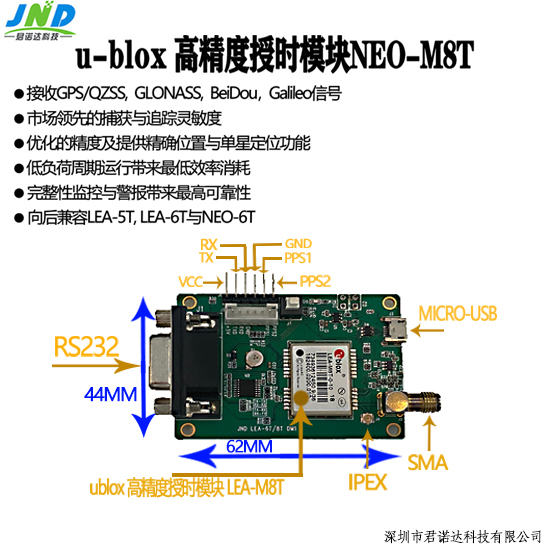An antenna is a converter that converts guided waves transmitted over a transmission line into converters ** Electromagnetic waves propagated in a medium (usually free space), or vice versa. A component used to transmit or receive electromagnetic waves.
Russian scientist Popov invented the antenna.
** In the last four years, Popov has built a radio receiver. The centerpiece of the receiver is a modified metal chip detector. Popov uses an electric bell as a terminal display with a small hammer that relaxes the metal shavings in the detector. The electric bell was driven by an electromagnetic relay. When the metal chip detector detects an electromagnetic wave, the relay turns on the power and the bell rings.
At one point in the experiment, Popov noticed that the receiver detected the waves at a much greater distance than usual.
What's going on here? Popov looked into the cause.
One day, Popov accidentally found a wire on the metal chip detector. He took the wire away and the bell stopped ringing; he reduced the experimental distance to so close that the bell rang again.
Overjoyed, Popov quickly connected the wire to one end of the metal chip detector and to the other end of the detector. Again the test results showed that the signal transmission distance increased dramatically with the use of the antenna.
Thus, the radio antenna was introduced.
Define antenna:
Radio communication, radio, television, radar, navigation, electronic countermeasures, remote sensing, radio astronomy and other radio devices transmit information through radio waves, which require the radiation and reception of radio waves.
Therefore, the device used to radiate and receive radio waves is called an antenna.
The antenna provides the required coupling between the transmitter or receiver and the medium in which the radio waves are propagated. Antennas, like transmitters and receivers, are an important part of radio equipment.
All those who use electromagnetic waves to transmit information rely on antennas for their work.
In addition, antennas are also required for non-signal energy radiation in the transmission of energy by electromagnetic waves. In general, antennas are reversible, i.e., the same antenna can be used as a transmitting antenna or a receiving antenna. The basic characteristic parameters of the same antenna as transmitting or receiving are the same. This is the reciprocity theorem for antennas.
Antenna Function:
Antenna radiates radio waves and receives radio waves. However, the transmitter is not the radio waves delivered to the antenna through the feed line, the radio waves cannot be delivered directly to the receiver through the feed line, they must go through an energy conversion process.
At the transmitting end, the high-frequency oscillating current (energy) generated by the transmitter is fed into the transmitting antenna through the feeder device (the feeder device can directly transmit current waves or electromagnetic waves), which converts the high-frequency current or guided waves (energy) into radio waves-frequent electromagnetic waves (energy) that are radiated into the surrounding space (see Fig. 1), and the radio waves (energy) are converted into high-frequency current or guided waves (energy) by the receiving antenna, which are transmitted to the receiving antenna through the feeder device transmitted to the receiver. From the above process, it can be seen that the antenna is not only a device for radiating and receiving radio waves, but also an energy converter, an interface device between the circuit and space.
Classification:
1 According to the nature of work, it can be divided into transmitting antenna and receiving antenna.
2. It can be divided into communication antenna, broadcasting antenna, TV antenna, radar antenna and so on.
According to the direction can be divided into omnidirectional antenna and directional antenna.
4. It can be divided into ultra-long-wave antenna, long-wave antenna, medium-wave antenna, short-wave antenna, ultra-short-wave antenna, microwave antenna and so on.
5. According to the structure form and working principle, it can be divided into line antenna and surface antenna. The special parameters describing the antenna include direction map, direction coefficient, gain, input impedance, radiation efficiency, polarization and frequency width.
According to the number of dimensions can be divided into one-dimensional antenna and two-dimensional antenna two types.
7. According to different use occasions, antennas can be divided into three categories: handheld station antennas, vehicle-mounted antennas and base antennas.
Commonly used antennas:
Base station antennas, direct station antennas and indoor antennas are commonly used in mobile communications.

Ltd. specializes in high-precision GNSS modules and wireless communication products, technology development and application promotion service providers, relying on the wireless communication technology in the field of R & D and promotion of experience, JUNODA set up a team with a wealth of experience in hardware and software development technology, aimed at domestic and foreign OEM / ODM customers and system integrators to provide high-quality, high-performance wireless modules and applications! We aim to provide high-quality, high-performance wireless modules and application programs to OEM/ODM customers and system integrators at home and abroad, and create long-term value for customers!
The company mainly provides integrated antenna module, dual-frequency high-precision module, single-frequency high-precision module, thousand-seeking high-precision module, Zhongke micro-positioning module, U-BLOX positioning module, SICOM communication module, inertial navigation DR module, UWM GNSS module, RTK differential module, 4G communication module and high-precision antenna, etc., the products are sold well in Beijing, Shanghai, Shenzhen, Guangdong, Jiangsu, Zhejiang, Sichuan, Hunan and other parts of the country. Our GNSS modules are widely used in many application fields, such as drones, vehicle security monitoring and dispatching, automatic bus stop announcement, DVR, car DVD navigation, GPS electronic dog, synchronized timing, high-altitude balloon monitoring, engineering machinery, industrial automation, etc. In the field of wireless communication products, the company is closely involved in the field of wireless communication, such as RTK differential module, 4G communication module and high-precision antenna.
In the field of wireless communication products, the company follows the latest development of international communication technology, introduces and acts as an agent for wireless communication modules that meet the market demand, and the products have a comprehensive layout from 2G, 3G, 4G, and are widely used in financial electronic payment, vehicle remote control, remote advertising information, repeater monitoring, mobile Internet terminals, smart home, remote medical care, network testing, enterprise information management, anti-theft alarm, Remote video transmission, intelligent meter reading, mobile computing, network navigation, voice phone, wireless gateway and other fields. Focused areas include video surveillance, network optimization, routers, POS and other M2M industry applications.
If you need to consult, please contact online customer service!














